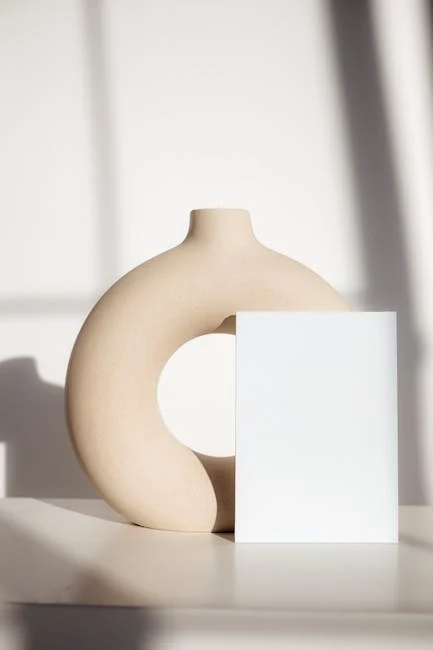Aesthetic Harmony: Combining Neutral Tones and Clean Lines in a Minimalist Modern Home
Introduction
The allure of minimalist modern design lies in its elegant simplicity. It’s a design philosophy that champions functionality, uncluttered spaces, and a sense of tranquility. A key component in achieving this aesthetic is the skillful combination of neutral tones and clean lines. By embracing these elements, you can create a home that is both visually appealing and deeply restorative.
The Power of Neutral Tones
Creating a Calming Atmosphere
Neutral tones, such as whites, creams, grays, beiges, and browns, form the foundation of a minimalist modern home. They provide a blank canvas upon which to build your design, promoting a sense of calm and serenity. These colors are naturally soothing and contribute to a relaxed atmosphere, essential for creating a sanctuary from the outside world.
Versatility and Timelessness
Neutral colors are incredibly versatile. They can be paired with virtually any accent color, allowing you to easily update your décor without undertaking a complete overhaul. Moreover, they are timeless and won’t fall out of fashion, ensuring your home remains stylish for years to come. Key benefits include:
- Increased flexibility: Easily adaptable to changing trends and personal preferences.
- Enhanced spaciousness: Light neutral tones make rooms feel larger and more open.
- Improved light reflection: Maximize natural light and brighten up your living spaces.
Adding Depth and Texture
While neutral tones are the primary palette, it’s important to avoid monotony. Introduce depth and visual interest through texture. Consider incorporating:
- Natural materials: Wood, stone, linen, and wool add warmth and tactile appeal.
- Varying shades: Use different shades of the same neutral color to create subtle contrast.
- Layering: Combine textures like a chunky knit throw on a linen sofa to add dimension.
Embracing Clean Lines
Defining Minimalism
Clean lines are the cornerstone of minimalist modern design. They represent simplicity, order, and a deliberate absence of unnecessary ornamentation. Think sharp angles, straight edges, and a focus on essential forms.
Furniture Selection
Choose furniture with sleek, uncluttered silhouettes. Avoid ornate detailing and opt for pieces that are both functional and aesthetically pleasing. Consider these elements:
- Simple forms: Sofas with straight lines, tables with geometric shapes.
- Hidden storage: Cabinets and drawers that conceal clutter and maintain a clean look.
- Quality over quantity: Invest in fewer, high-quality pieces that will last.
Architectural Elements
Extend the concept of clean lines to the architectural elements of your home. This includes:
- Minimalist trim: Simple baseboards and window casings.
- Large windows: Maximize natural light and create a connection with the outdoors.
- Open floor plans: Promote a sense of spaciousness and flow.
Decluttering and Organization
Clean lines are inextricably linked to decluttering. A minimalist modern home is free of unnecessary items and meticulously organized. Regularly declutter your space and invest in storage solutions to keep your belongings neatly tucked away. This will emphasize the clean lines and create a sense of order.
Combining Neutral Tones and Clean Lines
Creating a Harmonious Space
The true magic happens when neutral tones and clean lines are combined effectively. The result is a harmonious space that is both visually appealing and incredibly livable. The neutral palette allows the clean lines to stand out, while the lines themselves provide structure and definition to the soft, calming colors.
Tips for Success
- Start with a neutral base: Paint walls and floors in neutral colors.
- Choose furniture with clean lines: Opt for simple, geometric shapes.
- Add texture with natural materials: Incorporate wood, linen, and stone.
- Declutter regularly: Keep your space free of unnecessary items.
- Introduce accent colors sparingly: Use pops of color to add personality and visual interest.
Conclusion
By embracing neutral tones and clean lines, you can create a minimalist modern home that is both beautiful and functional. This design philosophy promotes a sense of calm, order, and spaciousness, transforming your living space into a true sanctuary. Embrace the principles of simplicity and intentionality, and you’ll be well on your way to creating a home that reflects your personal style and promotes a sense of well-being.




Post Comment